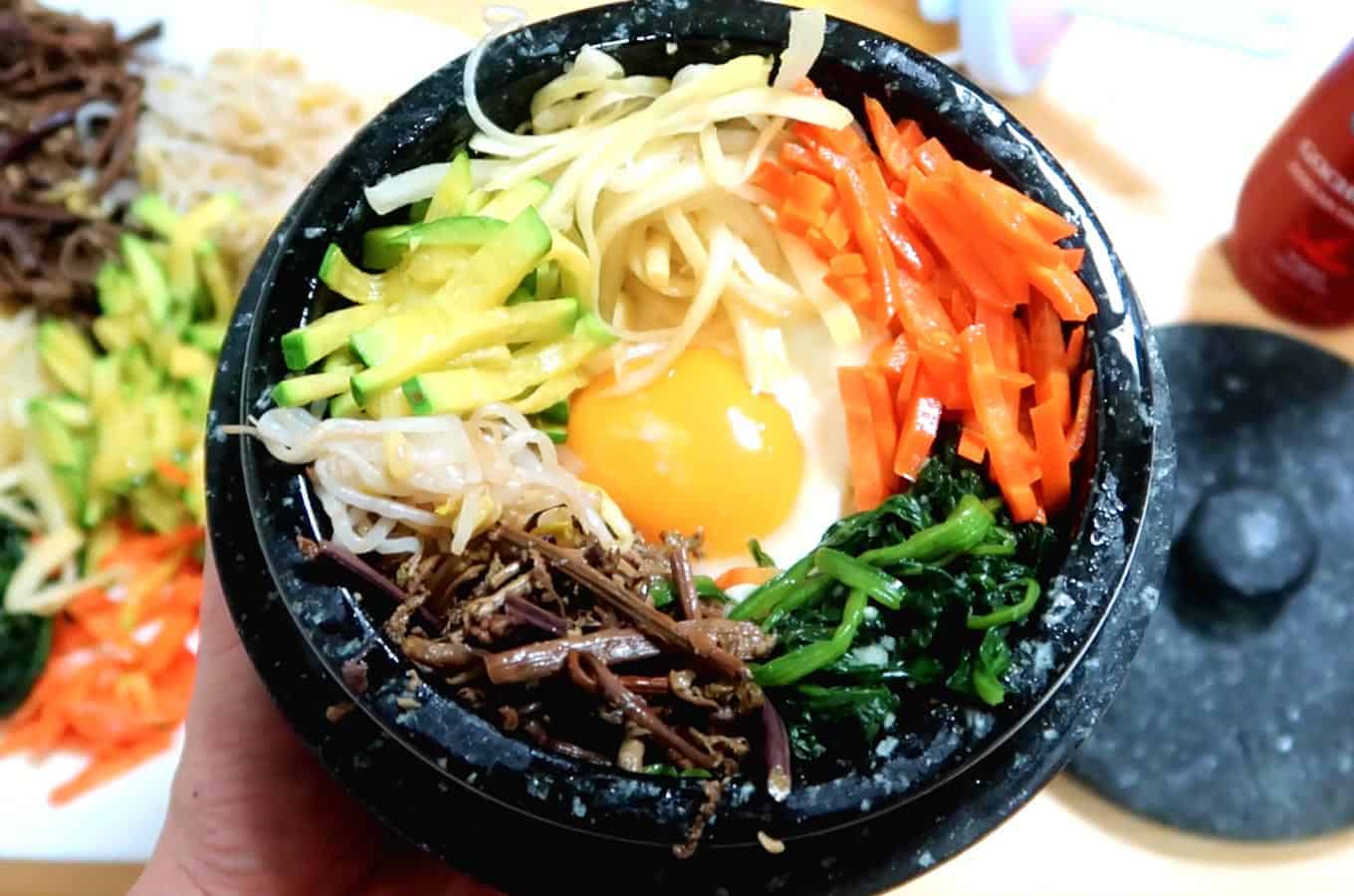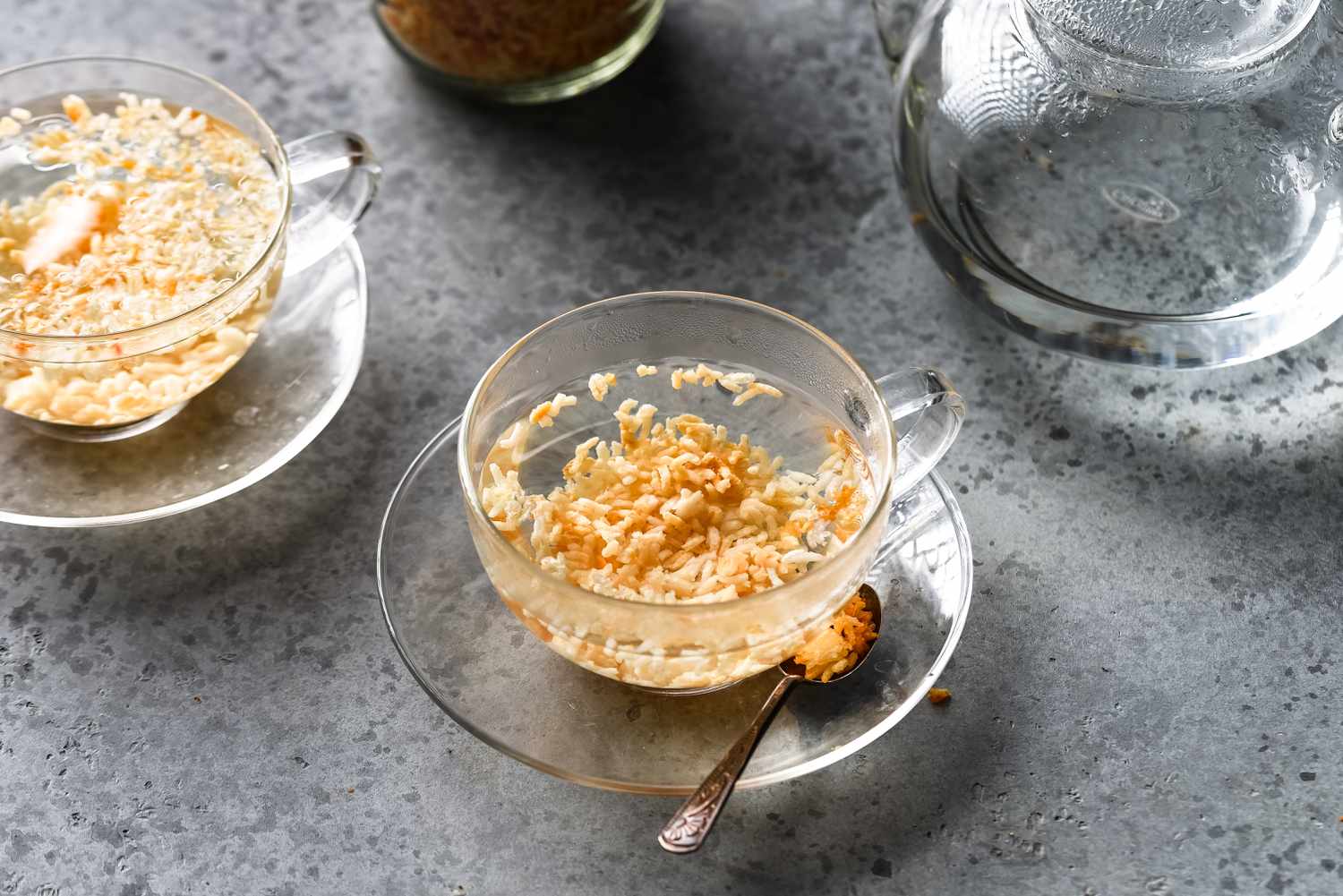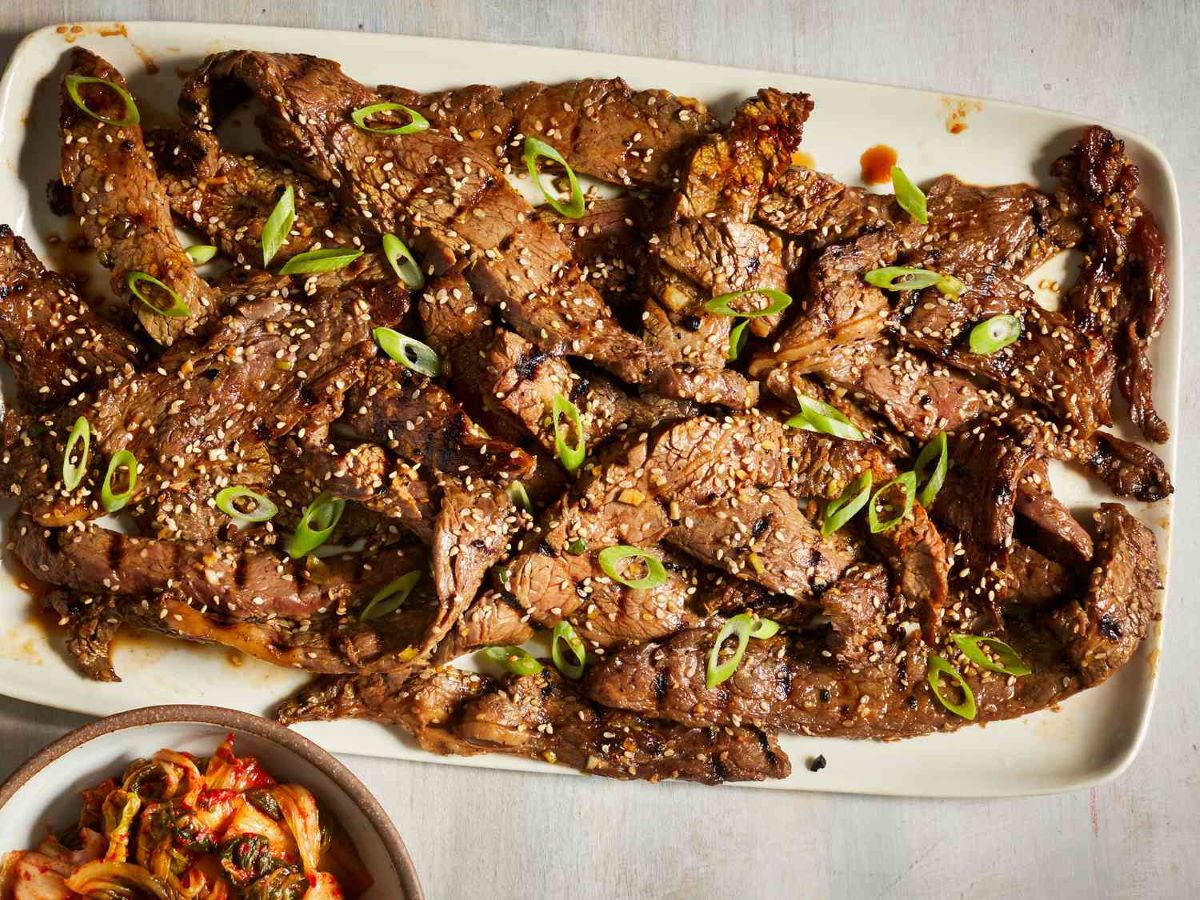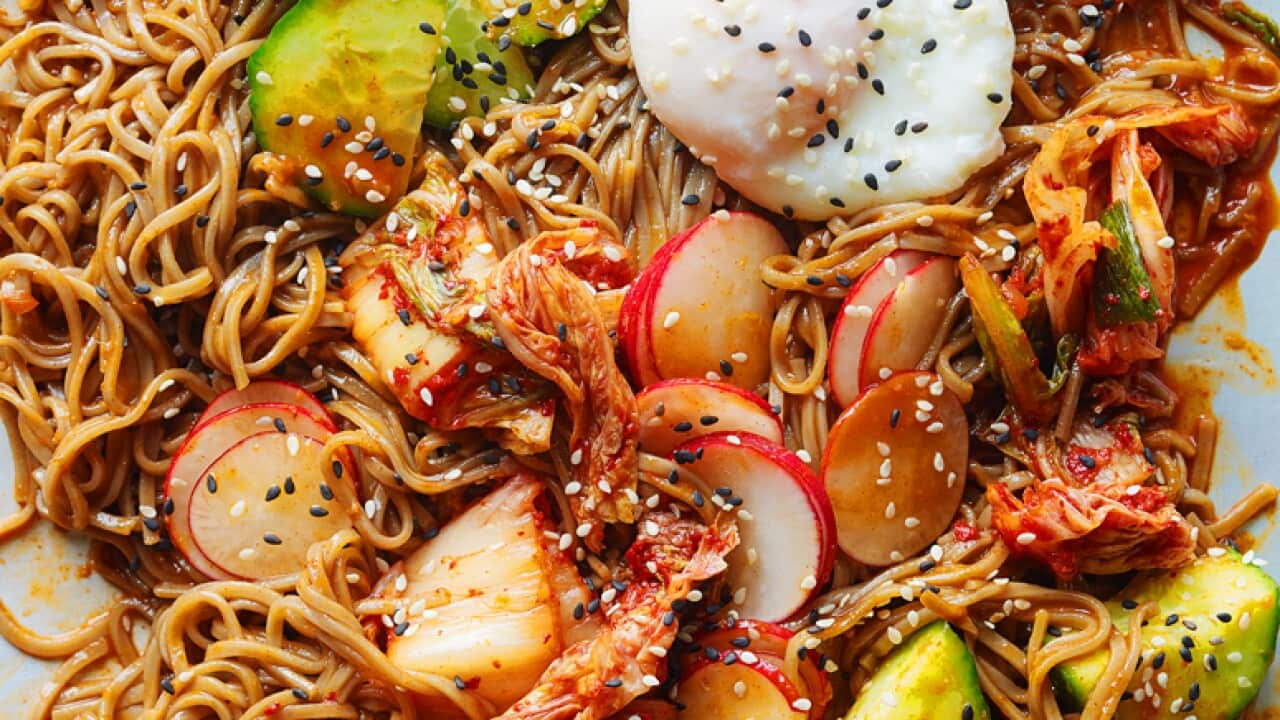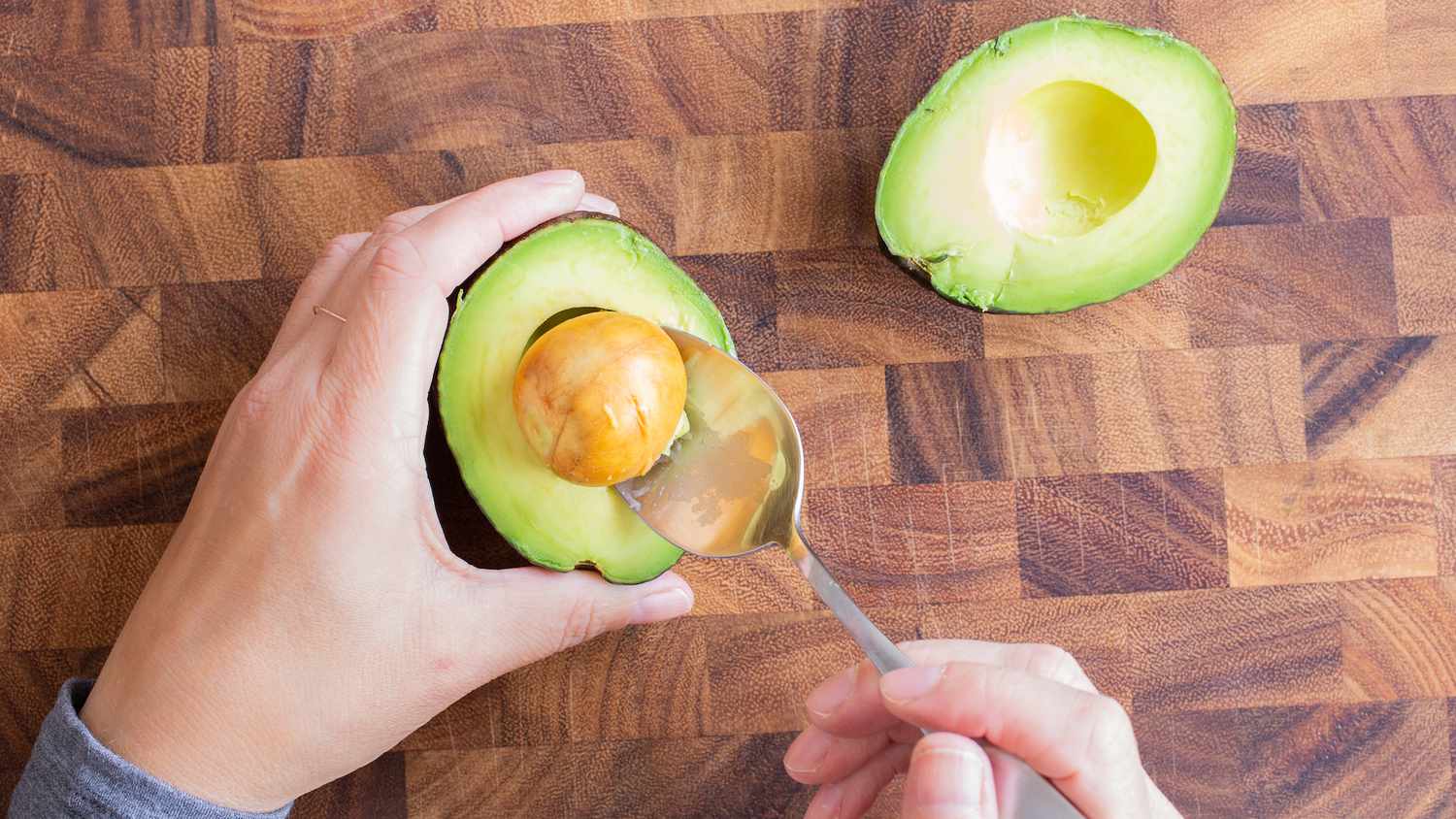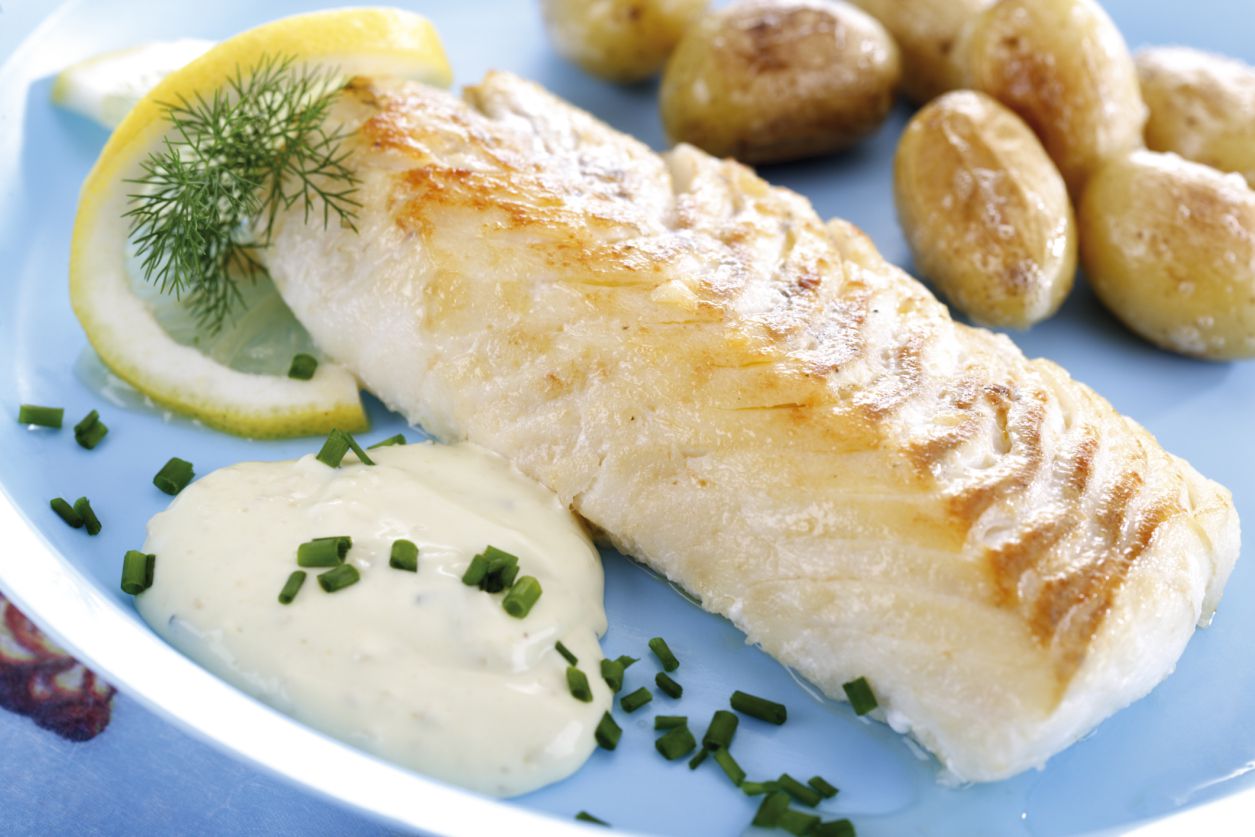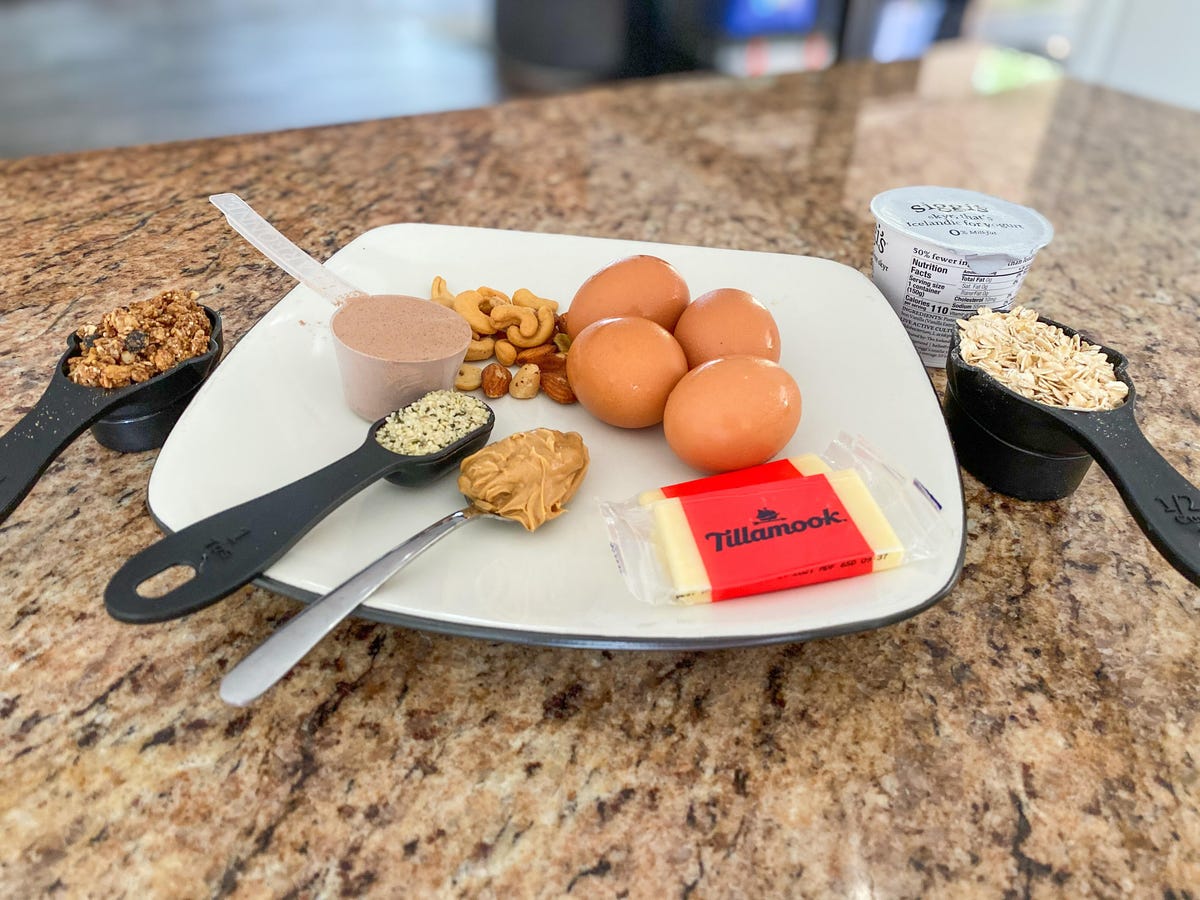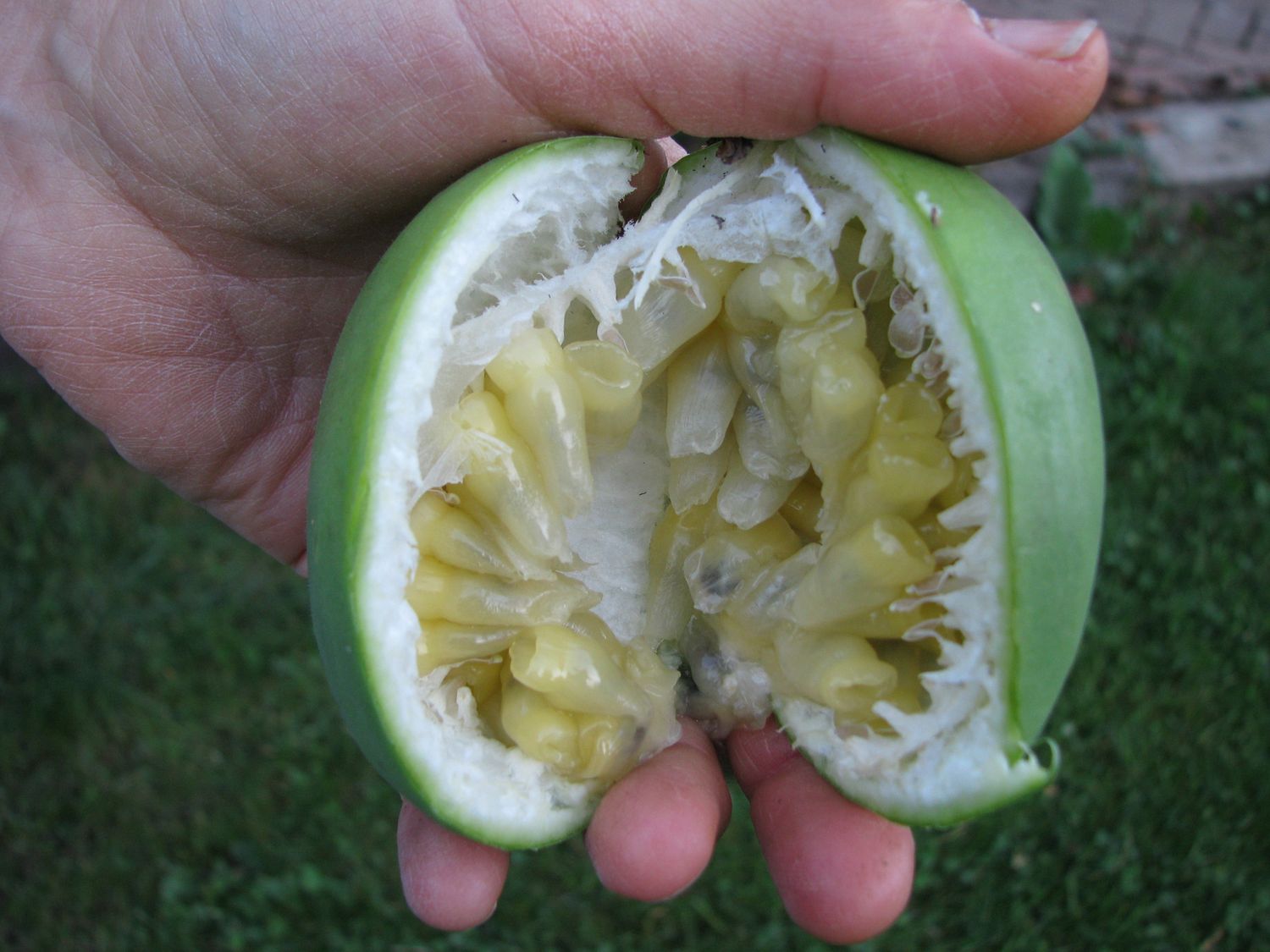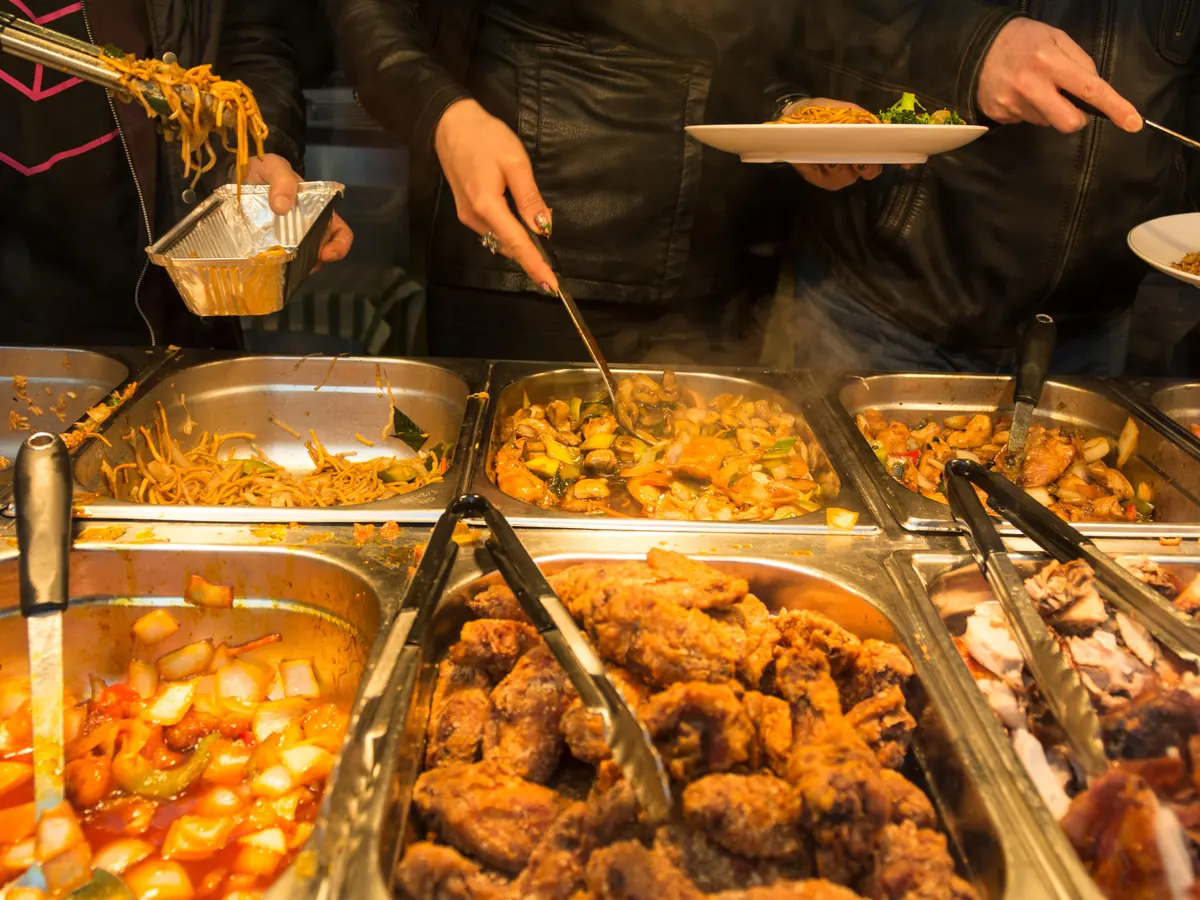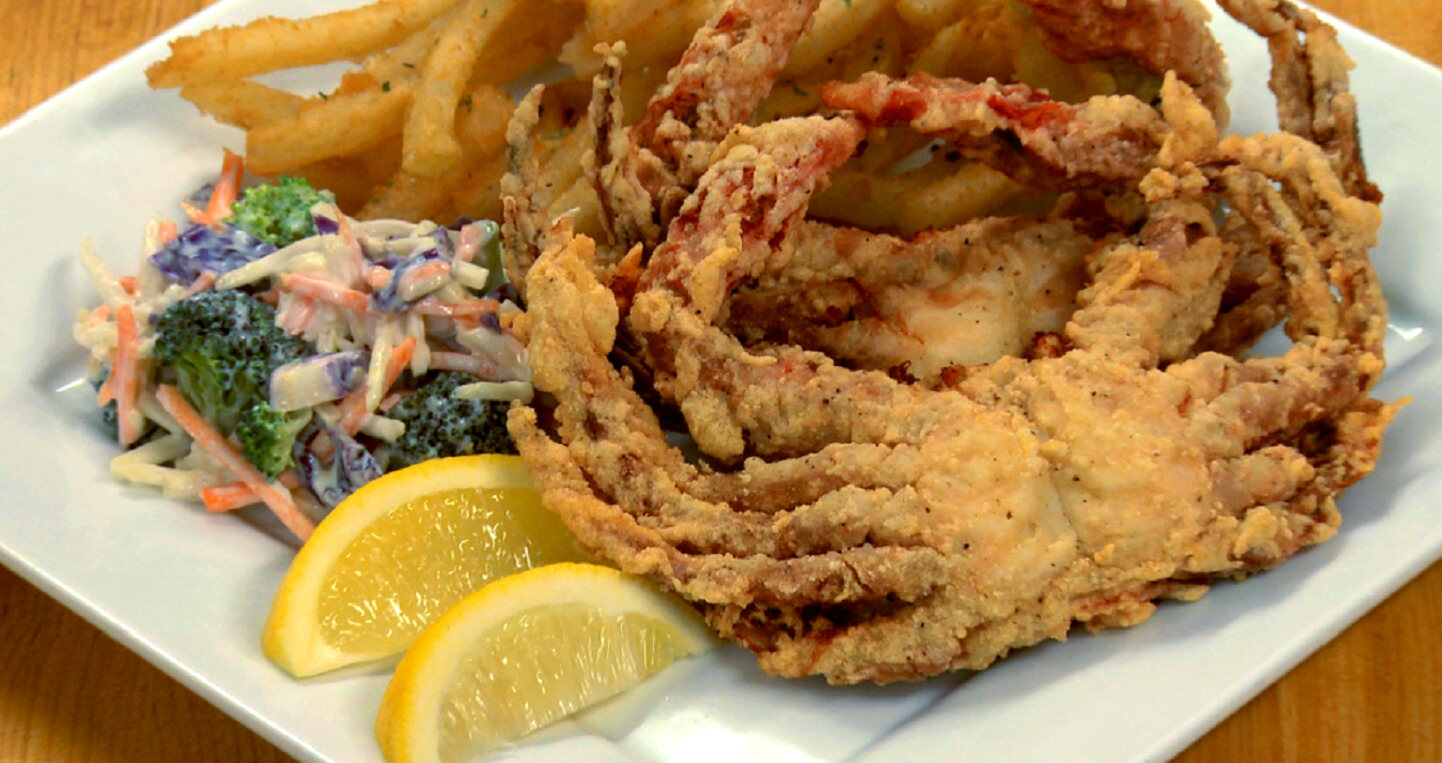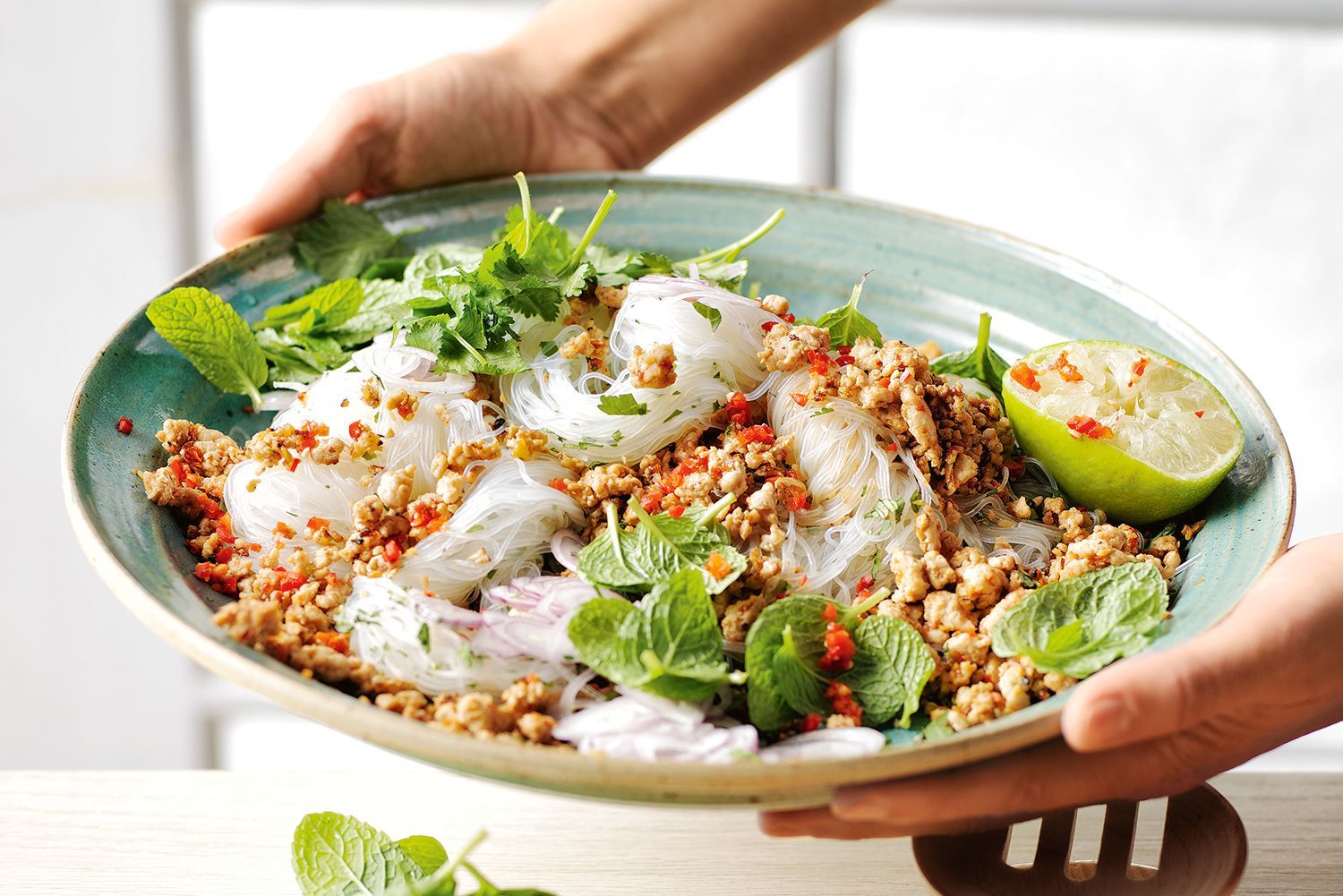How to Enjoy Bibimbap and Soup Like a Pro
When it comes to Korean cuisine, few dishes are as satisfying and flavorful as bibimbap and soup. Bibimbap, a mixed rice dish topped with an assortment of vegetables, meat, and a spicy sauce, is a beloved staple in Korean food culture. Meanwhile, Korean soups, such as kimchi jjigae or doenjang jjigae, are known for their rich flavors and comforting qualities. Whether you’re a seasoned fan of Korean food or a newcomer looking to explore new flavors, here’s how to eat bibimbap and soup like a pro.
How to Eat Bibimbap
Bibimbap, which translates to “mixed rice” in Korean, is a delightful combination of flavors and textures. To fully enjoy this dish, follow these steps:
- Prepare the Bibimbap: Start by mixing the rice, vegetables, and meat together to evenly distribute the flavors.
- Add the Sauce: Drizzle the spicy gochujang sauce over the bibimbap to add a kick of heat and depth of flavor.
- Mix It Well: Use your chopsticks or spoon to thoroughly mix the ingredients, ensuring that each bite is a harmonious blend of flavors.
- Enjoy the Crispy Rice: Let the bibimbap sit for a moment to allow the rice to develop a crispy texture at the bottom of the bowl, known as “nurungji.” This crispy rice adds a delightful crunch to the dish.
When eating bibimbap, the key is to savor each bite, enjoying the medley of flavors and textures that this iconic Korean dish has to offer.
How to Eat Korean Soup
Korean soups are a comforting and nourishing part of the country’s culinary tradition. Here’s how to savor Korean soup like a local:
- Take a Sip: Start by taking a small sip of the broth to savor the rich, savory flavors that form the base of the soup.
- Enjoy the Ingredients: Delight in the tender pieces of meat, tofu, vegetables, and other ingredients that make each spoonful a satisfying experience.
- Pair with Rice: Many Koreans enjoy their soup with a side of steamed rice, which can be mixed into the soup for a heartier meal.
- Embrace the Heat: Korean soups are often served piping hot, so take your time to enjoy the warmth and comfort that each spoonful brings.
Whether it’s a spicy kimchi jjigae or a mellow doenjang jjigae, Korean soups are a true delight for the senses.
Pairing Bibimbap and Soup
For a truly satisfying Korean meal, consider pairing bibimbap with a flavorful Korean soup. The combination of the hearty, mixed rice dish with a comforting soup creates a well-rounded dining experience. The spicy and savory flavors of bibimbap complement the warmth and heartiness of Korean soups, making for a truly memorable meal.
Next time you find yourself craving Korean cuisine, remember these tips for enjoying bibimbap and soup like a pro. Whether you’re dining at a Korean restaurant or preparing these dishes at home, embracing the flavors and traditions of Korean food will surely leave you with a newfound appreciation for this beloved cuisine.
So, go ahead, grab your chopsticks and spoon, and savor the delightful flavors of bibimbap and soup the Korean way!
Explore More: Delicious Recipes and Creative Uses for Bibimbap and Soup
Now that you've grasped the essentials of enjoying bibimbap and soup, it's time to put your skills to the test with a variety of recipes that cater to different tastes and dietary preferences. For a classic taste, try the Classic Beef Bibimbap which combines traditional flavors in a fulfilling meal. Vegetarians might prefer the Vegetarian Bibimbap, offering a hearty and healthy alternative. For those who love a bit of heat, the Spicy Kimchi Jjigae is a must-try. It perfectly encapsulates the robust flavors of Korean cuisine. Lastly, don't overlook the Soft Tofu Stew, which provides a comforting and silky texture that complements any bibimbap dish. These recipes not only enhance your culinary skills but also broaden your palate with authentic and fusion Korean tastes.
